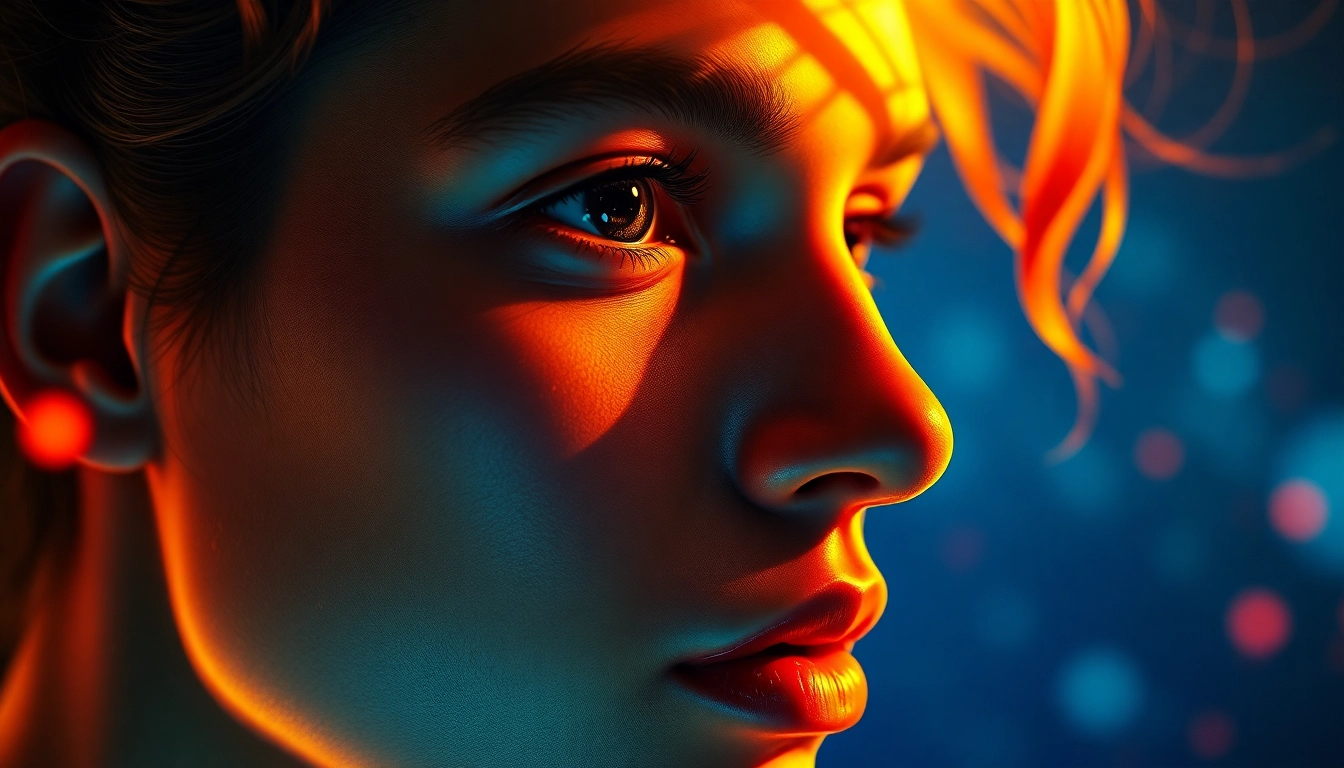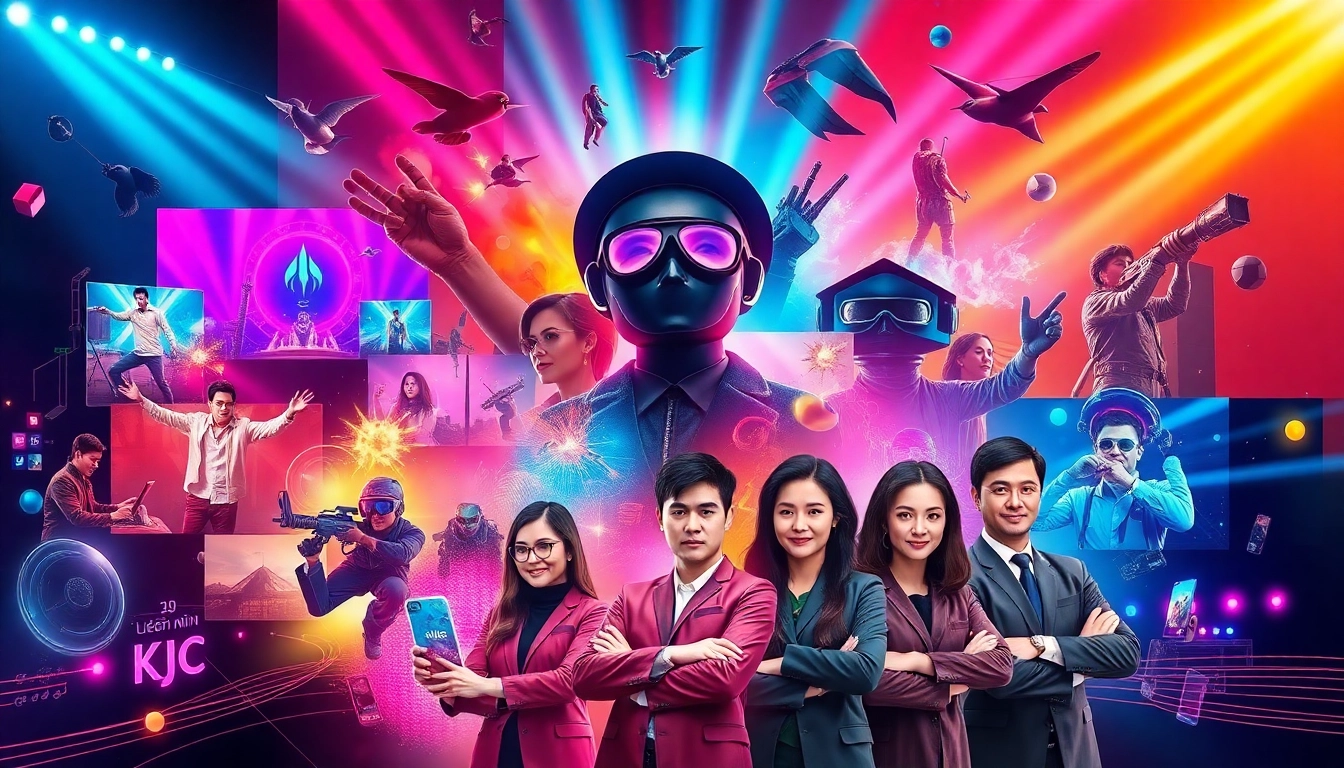Discovering Nano Banana: Revolutionizing AI Image Editing with Intuitive Precision
In the fast-evolving realm of AI-powered creative tools, enthusiasts and professionals alike are searching for solutions that combine both high fidelity and ease of use. Among the leading innovations in this space is Seedream 4, an advanced AI image generator and editor that exemplifies this trend by integrating seamless dialogue-driven editing, photorealistic outputs, and multi-modal creativity. However, another name stands out in the category of highly intuitive, user-centric AI image solutions—Nano Banana, which has been making waves through its innovative approach and superior results. This article delves into the core features of Nano Banana, comparing it to Seedream 4, exploring how it redefines AI image creation, and providing insights on usage, benefits, and future possibilities.
What is Nano Banana and Why Is It a Game-Changer?
Nano Banana is an AI-driven image editing platform that prioritizes natural, conversational interaction to produce high-quality visuals tailored precisely to user intent. Unlike traditional tools that rely heavily on complex prompts, Nano Banana leverages its proprietary Gemini 2.5 Flash Image technology, providing an intuitive conversational interface. Users simply upload their sketches, images, or ideas, then iteratively refine their creations through natural language commands, making the process fluid and accessible even to non-experts. The platform’s core value lies in resolving the longstanding challenge of AI image consistency, delivering precise results without exhaustive prompt engineering or multiple re-renders. Consequently, Nano Banana transforms creative workflows—whether for game assets, professional sketches, or marketing content—by making photorealistic and stylistic images achievable in a fraction of the traditional time.
Distinctive Features of Nano Banana Compared to Other AI Tools
While competitors like Seedream 4 offer robust features, Nano Banana distinguishes itself through several key innovations:
- Conversational Refinement: Nano Banana’s chat-based interface means users can guide and edit images through simple dialogue, dramatically reducing frustrations associated with traditional prompt-based generation.
- Exceptional Consistency: Core to Nano Banana’s design is its ability to produce character and scene consistency across multiple images, angles, and styles—an area where many AI tools struggle.
- Multimodal Capabilities: From transforming rough sketches into photorealistic images, creating 3D characters, to scene re-imagination, Nano Banana handles diverse inputs with unrivaled responsiveness and precision.
- Real-Time Previews & Adjustments: Users can see instant AI-enhanced previews, allowing for continuous iterative improvement without restarting the workflow.
- Preservation of Artistic Intent: Whether maintaining mood, style, or character features, Nano Banana’s algorithms ensure output fidelity aligns perfectly with initial ideas—crucial for professional applications like game development and advertising.
Overall, Nano Banana offers a more user-focused, flexible, and reliable creative environment, empowering both amateurs and professionals to realize their visions faster and with higher confidence.
Relationship Between Nano Banana and Flash Image Technology
The synergy between Nano Banana and Flash Image technology represents a significant leap in AI image editing. Flash Image, powered by Google’s Gemini 2.5, enables users to not only generate images but also perform nuanced edits through natural dialogue. Nano Banana taps into this technology to provide an unparalleled conversational editing experience, where users upload images or sketches, then use spoken or written commands to modify, enhance, or reimagine their visuals.
This integration addresses one of AI art’s most persistent issues—lack of consistency and control—by allowing users to specify changes in lighting, mood, style, and environment interactively. For instance, a user can upload a rough sketch, then instruct Nano Banana to “add professional lighting,” “make it photorealistic,” or “change the background to a winter scene,” all through simple dialogue. The result is a seamless, intuitive workflow that reduces the need for multiple re-renders and re-prompts, streamlining creative processes across industries.
Pricing and Usage Rights for Nano Banana
Nano Banana aims to make advanced AI image editing accessible to a broad audience, offering flexible pricing plans tailored for individual creators, agencies, and enterprises. While specific costs may vary based on usage tiers and feature access, the platform generally provides options such as subscription packages, pay-per-use credits, or enterprise licensing. For the most accurate and up-to-date pricing, visiting the official website is recommended.
Regarding usage rights, Nano Banana ensures that all images created are fully licensing-compatible for commercial applications. Users retain the rights to their images, facilitating use in marketing, product visualization, game development, and more. This transparency and control over intellectual property rights foster trust and encourage widespread adoption among professionals and businesses.
Applications and Practical Use Cases
Nano Banana’s versatility is evident across multiple industries and creative domains. Some notable applications include:
- Game Development: Transforming simple sketches into textured, photorealistic 3D characters with consistent features, enabling rapid prototyping.
- Fashion and E-Commerce: Generating stylized product images or 3D models to enhance online retail visual standards.
- Advertisement and Content Creation: Creating compelling, mood-specific scenes that align with branding strategies through intuitive scene reimagination.
- Art & Illustration: Exploring artistic variations by applying diverse styles to the same subject, boosting creative experimentation.
- Education & Training: Developing educational visuals that require vast adjustments in environment, lighting, or composition without extensive re-processing.
These applications demonstrate Nano Banana’s ability to deliver professional-grade outputs in less time, reducing costs and accelerating project timelines.
Case Study Highlights: Success From Diverse Creators
Among Nano Banana users are professionals from various backgrounds:
- Michael Chen, Portrait Photographer: Uses Nano Banana to turn rough portraits into consistent, studio-quality images for portfolio improvements.
- Sarah Martinez, E-commerce Manager: Leverages AI to produce product visuals that dynamically adapt to seasonal or stylistic changes—greatly increasing sales engagement.
- David Kim, Indie Game Developer: Creates photorealistic assets and animated characters with consistent features across environments, streamlining game design workflows.
- Emily Watson, Social Media Influencer: Rapidly produces styled images for campaigns, exploring styles and moods effortlessly to keep content fresh and engaging.
These insights confirm Nano Banana’s role as an essential tool for boosting efficiency and elevating creative standards across sectors.
Best Practices & Tips for Maximizing Nano Banana’s Potential
To get the most out of Nano Banana, consider these expert recommendations:
- Start with Clear Inputs: Upload high-quality sketches or images; even rough doodles can yield impressive results, but clarity enhances fidelity.
- Engage in Interactive Dialogue: Use natural language commands to refine lighting, mood, or style—avoid complex prompts that can confuse the AI.
- Iterate for Style Variations: Generate multiple interpretations to discover unique artistic directions before selecting the final visual.
- Leverage Scene Reconfiguration: Change backgrounds or environments through dialogue without affecting the primary subject, saving time and effort.
- Use Previews for Fine-Tuning: Regularly preview edits to ensure alignment with creative goals, adjusting and refining as needed.
Applying these practices ensures consistently professional outcomes while accelerating project timelines.
Future Directions and Innovations in AI Image Editing
Looking ahead, Nano Banana’s development continues to prioritize natural interaction, multi-style synthesis, and broader application integration. Emerging features may include enhanced 3D scene understanding, real-time collaboration capabilities, and expanded asset libraries. As AI models like Seedream 4 evolve—claimed to surpass previous benchmarks in fidelity and speed—Nano Banana is poised to maintain its leadership by integrating these advancements, offering users even more creative freedom and control.
Moreover, growing focus on licensing clarity and ethical AI use will guide future innovations, ensuring that creators’ rights are protected while harnessing AI’s creative power. The trend toward democratizing AI-generated art signifies Nano Banana’s commitment to making high-quality, consistent image creation accessible for all—whether an individual artist or a large enterprise.



